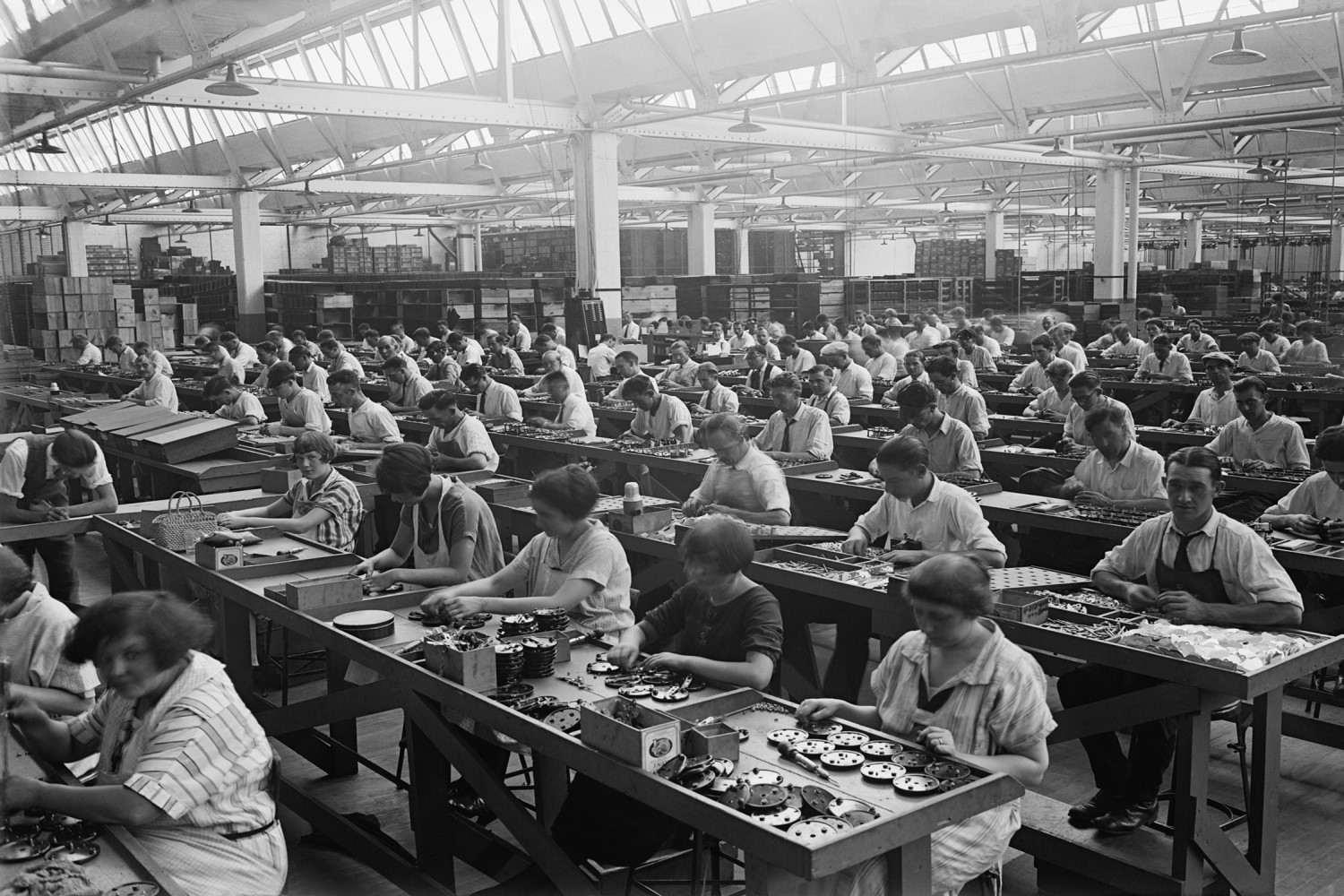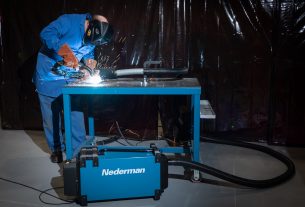Adhesives specialist launches campaign to improve assembly productivity
To help British manufacturers improve their productivity and become more competitive on a global scale, adhesives specialist Intertronics has launched a new campaign. What is your productivity potential? highlights the ways that assembly companies can simplify their processes, improve output and reduce waste.
Currently, in Spring 2020, manufacturing companies are facing different kinds of challenges. Some are frantic, assembling ventilators and other essential equipment to deal with the pandemic. Others, in contrast, are inoperative and in a holding pattern. In the coming weeks, both extremes will face the prospect of the world coming out of lockdown, and dealing with what the “next normal” will be in their commercial lives. Will long, global and just-in-time supply chains now be seen as a higher risk strategy? Will that mean some re-shoring?
The competitive landscape will see some changes, and those quick off the mark may gain an advantage. The UK has a painful recent record on productivity, but will need to compete hard as the economy restarts. This will mean using its workforce and resources more efficiently and by being astute enough to give their employees the means to do their jobs more productively. Maybe now is the time to start thinking about your productivity potential.
As part of the new campaign, Intertronics is offering detailed guidance on how manufacturers can utilise bonding and coating materials and equipment to speed up production, improve quality and reduce operational costs by better resource allocation and reduction in waste. Examples include faster or more efficient adhesive cure technologies and the automation of material dispensing for repeatability and precision.
“When we think about productivity improvement we often jump to the idea of increased output, but that’s not the only approach,” explained Peter Swanson, Managing Director at Intertronics. “These days, many UK-based manufacturers are not concerned with high volume production, and the relentless quest for speed. For them, an equally valid way to increase productivity is to improve and maintain quality and consistency of factory output, whilst reducing and optimising the inputs and resources. It’s a simple equation: better productivity comes from increased outputs and/or decreased inputs.”
“Our particular focus is productivity through process improvement and precision,” continued Swanson. “What is your productivity potential? is a new campaign we’ve launched to offer manufacturers guidance on how they can use adhesives and coatings with improved process-ability, through handling, curing and quality assurance gains. It includes application and dispensing, where the spotlight is on accuracy, consistency, the improvement of yield, and the reduction of material usage and waste.
Improving productivity doesn’t have to be about big leaps. It could be about small incremental changes on increasing outputs or decreasing inputs, and that could be achieved by regular process reviews and the willingness to make changes.




